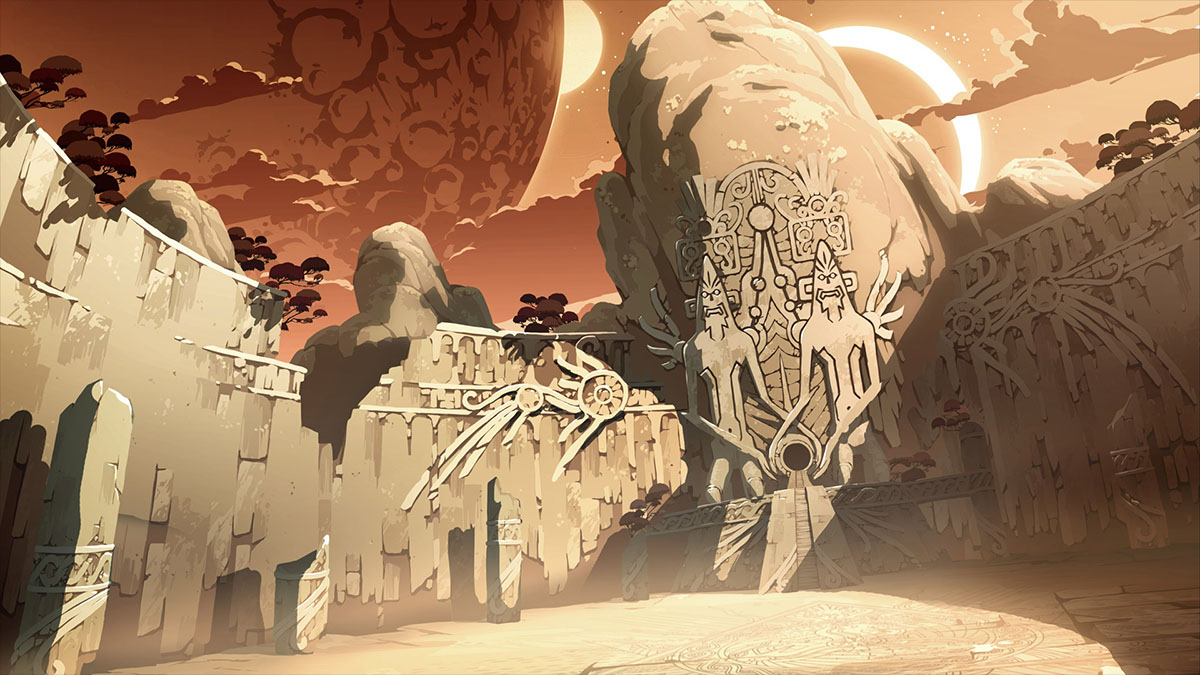just how old is human civilization, exactly?

When we start learning about history, we’re often given a tidy explanation that civilization started with the invention of writing and cities roughly 5,000 years ago. Like many simplifications in our education, it was created to draw an arbitrary line and make explaining fundamental concepts in history easier, glosses over a lot of messy details, and is almost certainly wrong, taught with the expectation that these misconceptions will eventually be fixed for us later. Unfortunately, that happens a lot less often than we’d like thanks to the emphasis on standardized test scores and fulfilling arbitrary requirements. So, as adults, we’re confronted with evidence that a lot of things we learned as kids are wrong, but the full story never really comes into focus.
Now, just because it seems pretty much certain that what we’d call a civilization is potentially a lot older than we were told doesn’t mean that aliens built the pyramids, or settled lost continents millions of years ago and if we go digging in the right places we’ll find ancient warp drives and the secrets to perpetual energy and immortality in sunken ruins. But it does mean that we need to talk a lot more about the nearly 10,000 year old Gobekli Tepe temple complex, the 6,000 year old Xaghra Circle in Malta, and hedges of first earth, then stone in the British Isles, the trade networks used by Neolithic peoples who routinely covered long distances to explore and trade, and the Vinča symbols showing that writing dates back to at least 8,000 years ago.
We can go back even further to find carved figurines and musical instruments in Europe dating back to well over 40,000 years ago and a 100,000 year old paint-making workshop in a South African cave. In short, all the trappings of civilization, from trade, to farming, to writing, to religion and monument building seem to be around in full swing for many thousands of years before our first history textbooks officially start the clock on the concept. And given that the further back in time we go, the less evidence survives and the more knowledge gaps we have, there’s the very real question of whether there are fairly advanced civilizations that we may be missing from our timeline of humanity’s development.
It’s not impossible that some of the first village and city-like settlements were being built 15,000 years ago and were abandoned or lost due to climate change at the time as the planet thawed from an ice age and retreating glaciers flooded or scored the land, resulting in migrations of big game while changing harvest seasons. We may never find these settlements or we could just stumble across them on a future dig, but it’s important to understand that they might exist. This isn’t just a simple exercise in taxonomy or accuracy. Knowing that humanity built civilizations in numerous places across the world for many thousands of years can be a fundamental tool for future education and critical thinking.
Consider how many stories of ancient aliens and conspiracy theorists peddling “ancient wisdom” in their latest money making scams rely on exploiting the disparity between us being taught that civilization sprang forth from mud huts and hunter gatherers 5,000 years ago and the evidence that it was around thousands of years prior to that, filling the blanks with fantastical tales to suit their whims and desires. How do you explain why humans went from picking berries to writing and farming in the blink of a historical eye? You don’t because that’s not what happened. By the time Sumerians invent the wheel and cuneiform tablets, they’re actively building on millenia of experiments in every area of what we consider civilized life.
Likewise, knowing that humanity spent so much time working on all the trappings of society for a lot longer than we’re all too often taught will give us a better appreciation of our species’ history in the grand scheme of things. Some scholars even argue that we should base our calendar on the creation of the first temples, which adds an extra 10,000 years to our current count; a neat idea, but one that would require us to adjust our calendars every time we find earlier examples. But whether we’re living in the year 2021 or 12021, the best thing we can do is change the way we teach, and give students the proper scope and depth of human history from the start, ready and willing to update them as new evidence comes along.





